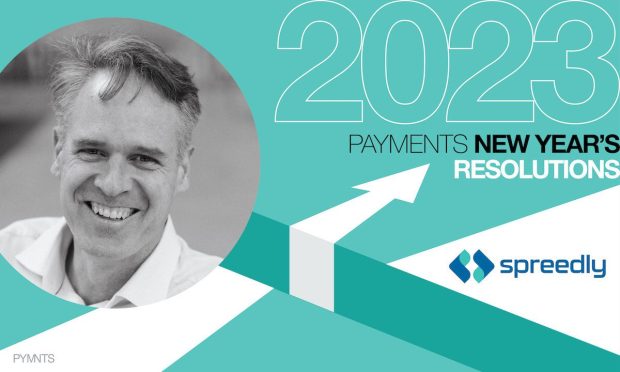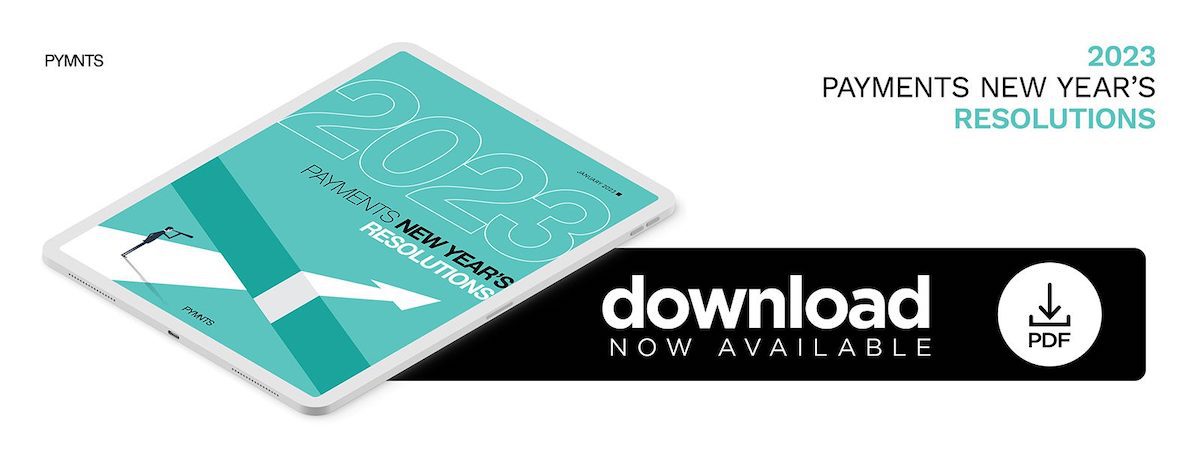Payments Orchestration Saves Merchants Time, People and Money

Payments orchestration can be a valuable resource in meeting the demands that come with adopting new payment methods, Spreedly CEO Justin Benson writes in the new PYMNTS eBook, “2023 Payments New Year’s Resolutions.”
This will be a year that the payments industry will be reacting to organizations basing their decision-making on profitability. After the emphasis on increasing digital transactions throughout the last few years, we will see a year that will drive the entire industry toward more efficiency and value rather than volume. This will take shape in several ways:
PSPs Need Orchestration
Payment service providers (PSPs) are now starting to understand and accept the need for orchestration. In the past, the belief was that they offered a comprehensive solution and it would meet the needs of any merchant, aggregator or platform.
We’re seeing a shift in this strategy. The most innovative and oftentimes, industry-leading merchants are always pushing the payment ecosystem to do more. With a fair degree of parity between the top providers, the reliability of the offering and the breadth of the offering, there is now a need to differentiate. Despite the understandable aversion to supporting a transaction flow through someone else, the demands from merchant customers are too great and we are seeing PSPs thinking about revisiting their position.
Many of the larger PSPs in the industry are doing exploratory work to see how they can augment their offerings and retain merchants. For the right customer, it is worth a partnership approach to meet all needs.
Orchestrating APMs and LPMs
The interest in alternative payment methods (APMs) and local payment methods (LPMs) is accelerating and we will continue to see that grow in 2023. Like the challenges merchants face when trying to integrate and maintain all of the required gateway connections they need to support their business, APMs and LPMs are proving to be a similar effort.
eCommerce teams don’t just want payments to work. They need to ensure that they capture every sale possible, and this has led to more interest in LPMs. Pix in Brazil, for example, has caught the attention of governments around the globe.
Orchestration has the opportunity to be a valuable resource in meeting the demands created when adopting new payment methods.
Controlling the Payments Stack
A lot of merchants are committed to one eCommerce platform. In this model, orchestration is outside of the merchant’s control, and they are dependent on the decisions that platform makes. For merchants, there is a desire to control their stack and ensure they have the most flexibility to meet changing business needs. Without a strong orchestration story, many platforms are simply not as appealing to merchants.
This creates a further opportunity for orchestration to help eCommerce platforms allow their customers to “bring their own gateways” and more quickly onboard merchants resulting in a much faster path to revenue for both parties. (Hear more in this interview with Spreedly and Volusion.)
We’re also seeing a strong interest in offering value-added services to customers. This comes in the form of things like account updater, network tokens and the like. Offering more value to merchant customers ensures that eCommerce platforms keep customers happy and improves retention.
We continue to believe the world is better off when payments are connected. Whether it’s a PSPs using orchestration, or a merchant using orchestration to adopt new LPMs, or an eCommerce platform using orchestration to add more value for their customers, we believe efficiency and value will become the biggest driver for payments teams.

